A short history of the pound
- Published
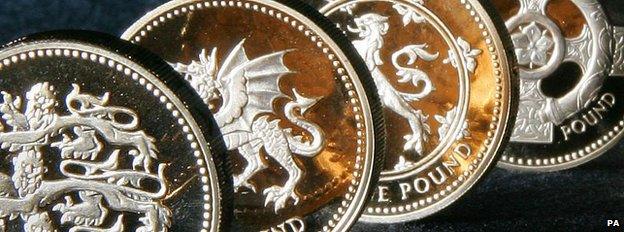
With a credible claim to be the oldest living currency in the world, the pound has accompanied Britons through much of their march through history. But is Scotland soon to end its use of the unit?

Continental roots
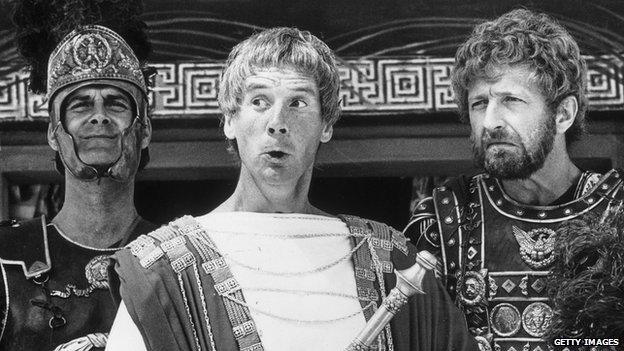
Despite its full-throated associations with Britishness, the pound traces its origins back to continental Europe.
Its name derives from the Latin word Libra for weight or balance, via the construction Libra Pondo, meaning a pound weight. While the word Libra has long since been discarded, it makes its presence felt in both the £ symbol, an ornate L, and the abbreviation for the unit of mass, lb.
The crossover with mass was not coincidental: its value originally equated to the price of a pound of silver.
In an echo of the ancient Roman system of libra, solidus and denarius, a pound was divided into 20 shillings and 240 silver pennies.
An equivalent system of one livre to 20 sous and 240 deniers had already been adopted in the Frankish kingdom under Charlemagne.

Evolution of specie

Anglo-Saxon King Offa is credited with introducing the system of money to central and southern England in the latter half of the 8th Century, overseeing the minting of the earliest English silver pennies - emblazoned with his name (above).
In practice they varied considerably in weight and 240 of them seldom added up to a pound.
There were at that time no larger denomination coins - pounds and shillings were merely useful units of account.
The first pound coin did not appear until 1489, under Henry VII. It was called a sovereign. The shilling was first minted in 1504.
Banknotes began to circulate in England soon after the establishment of the Bank of England in 1694. They were initially hand-written.
Gold coins emerged in 1560, and by 1672 some were made of copper.
The pound bestrode its complex system of shillings and pence until decimalisation in 1971.

One thousand years of inflation
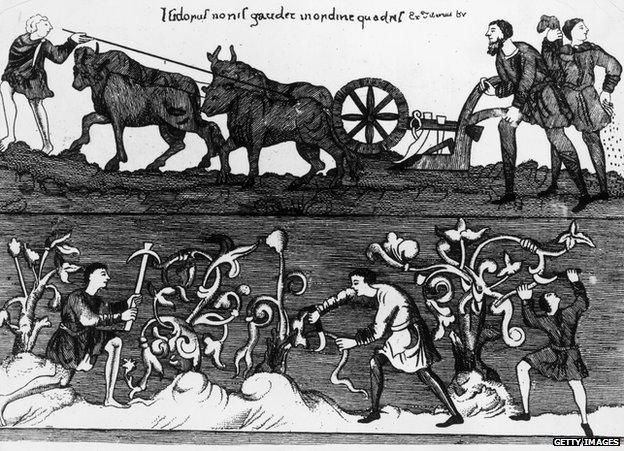
One pound could buy you 15 head of cattle in the year 980 during the reign of King Aethelraed the Unready, according to David Sinclair's The Pound: A Biography.
But from the 15th Century to the year 2000, Sinclair estimated that its purchasing power had fallen four-hundred-fold.
In 1999, the House of Commons library concluded that between 1750 and 1998, prices had risen by about 118 times.
"Thus one (decimal) penny in 1750 would have had greater purchasing power than a pound in 1998," it noted, stressing that such an exercise could only be "very approximate".
The best part of this inflation had taken place after 1945.

Debasement
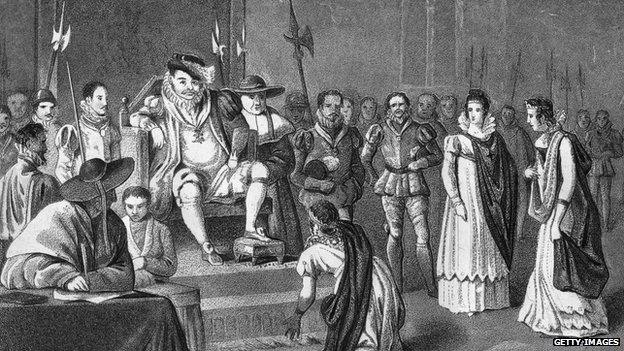
There were stringent efforts to maintain the quality of coinage.
Prof Nicholas Mayhew, who specialises in the history of sterling, reports that Henry I castrated currency officials whose output was found wanting. According to Sinclair, half the moneyers in England were mutilated as punishment for producing sub-standard or counterfeit coins in 1124.
Use of the word "sterling" did not arise until after the Norman Conquest, and it originally referred to pennies not pounds, but its origins are mysterious, deriving perhaps from esterlin, a Norman word for little star, or lesterling, an Arab word for money.
Henry II improved the quality of coins and in 1282, under Edward I, testing the purity of coinage was formalised in the "Trial of the Pyx", an annual courtroom-esque ceremony which continues to this day.
The coins' silver content had been reduced to 92.5% to improve durability. This level of purity became known as sterling silver.
But with a keen eye on the Royal Mint's bottom line Henry VIII (above) drastically reduced the silver content of coins minted in his reign in what became known as the Great Debasement.
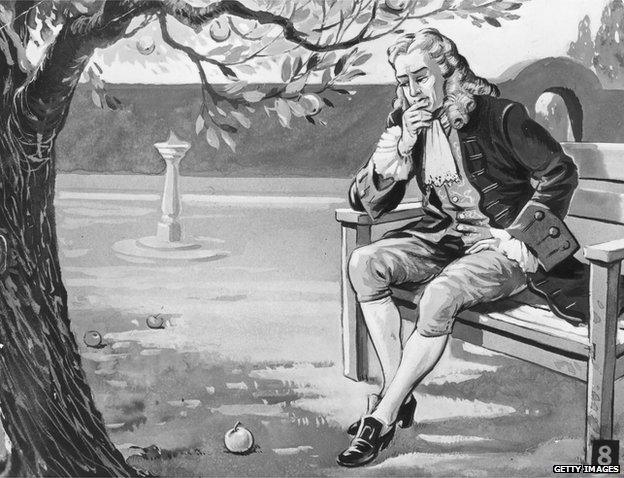
It was left to Elizabeth I in 1560 to restore the value of the coinage, which would remain relatively stable into the 19th Century.
For centuries, coins in circulation endured the indignity of having their edges clipped off by penny pinchers harvesting the value of the precious metal before passing on the rump coin for its original value.
In 1660s, minting of coins started to become mechanised, and design features like edge lettering were introduced to help eradicate coin-clipping.
Harsh penalties were still imposed on those found guilty of counterfeiting: one William Chaloner was sentenced to death after being brought to justice by the then Master of the Mint, Sir Isaac Newton (above).
There have since been numerous grand attempts to manage the value of sterling, including the Gold Standard, the Bretton Woods system and the European Exchange Rate Mechanism - but prevailing western economic orthodoxy now favours floating exchange rates, and the value of the pound is largely determined by supply and demand.
The pound has also survived as an independent currency when most of the rest of Europe adopted a single currency, the euro, something that at one stage in the early 21st Century seemed the likely fate of sterling too.

Scotland's uncertainty
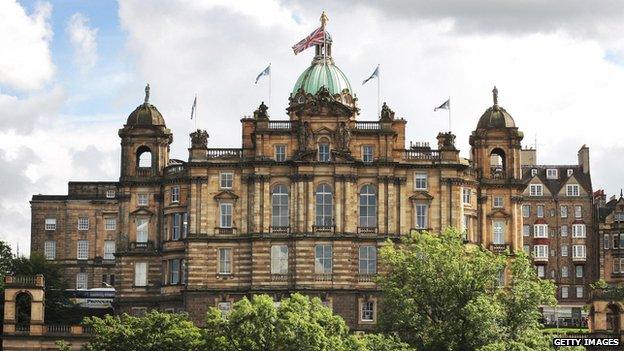
An alternative currency, the Scots pound, continued until the 1707 Act of Union created a currency union based on a pound's value south of the border.
The Bank of Scotland had been created in 1695, a year after the Bank of England, and survives today as part of HBOS, a subsidiary of Lloyds Banking Group, with headquarters in Edinburgh (above).
It retains the right to print its own banknotes, but these have been equivalent in value to their southern counterparts since unification.
Now, the SNP is keen to assure voters that the country's 300-year-old adoption of a 1,200-year-old currency would not end if they vote in favour of independence in the forthcoming referendum.
The British political establishment has joined forces to warn that it most certainly would - but First Minister Alex Salmond insists that Scots "know that the pound is as much theirs as it is George Osborne's".
Scottish voters will decide in September whether to test Mr Salmond's confidence in the independence referendum.